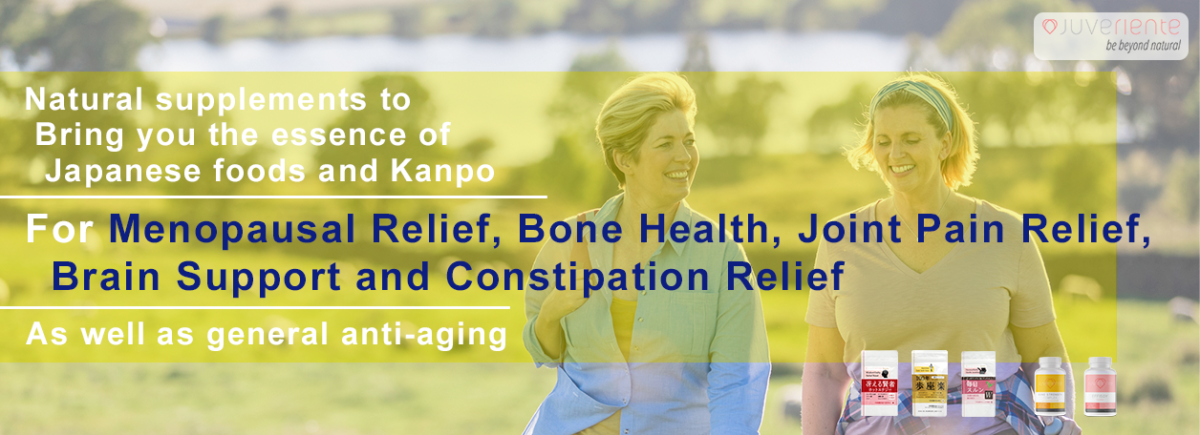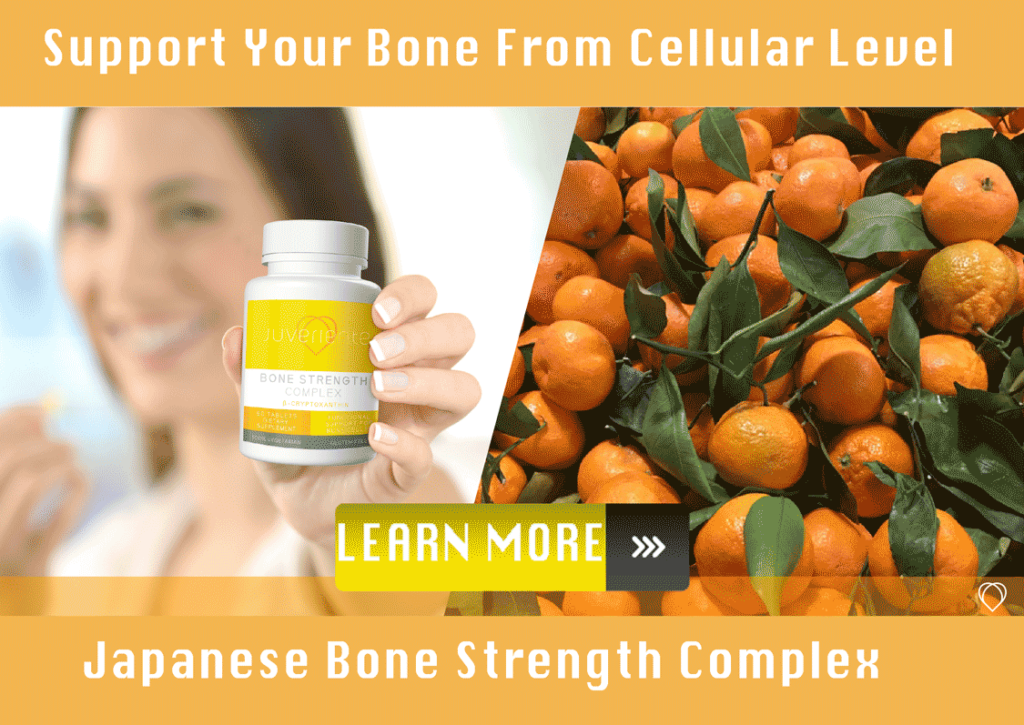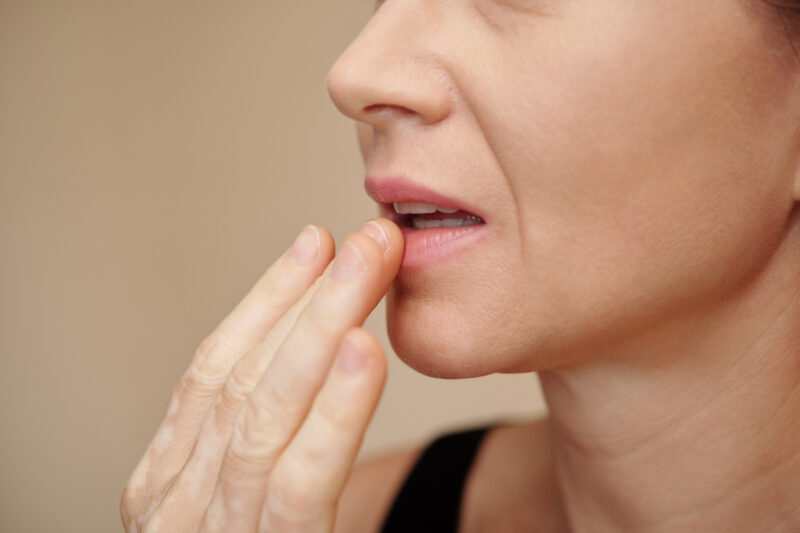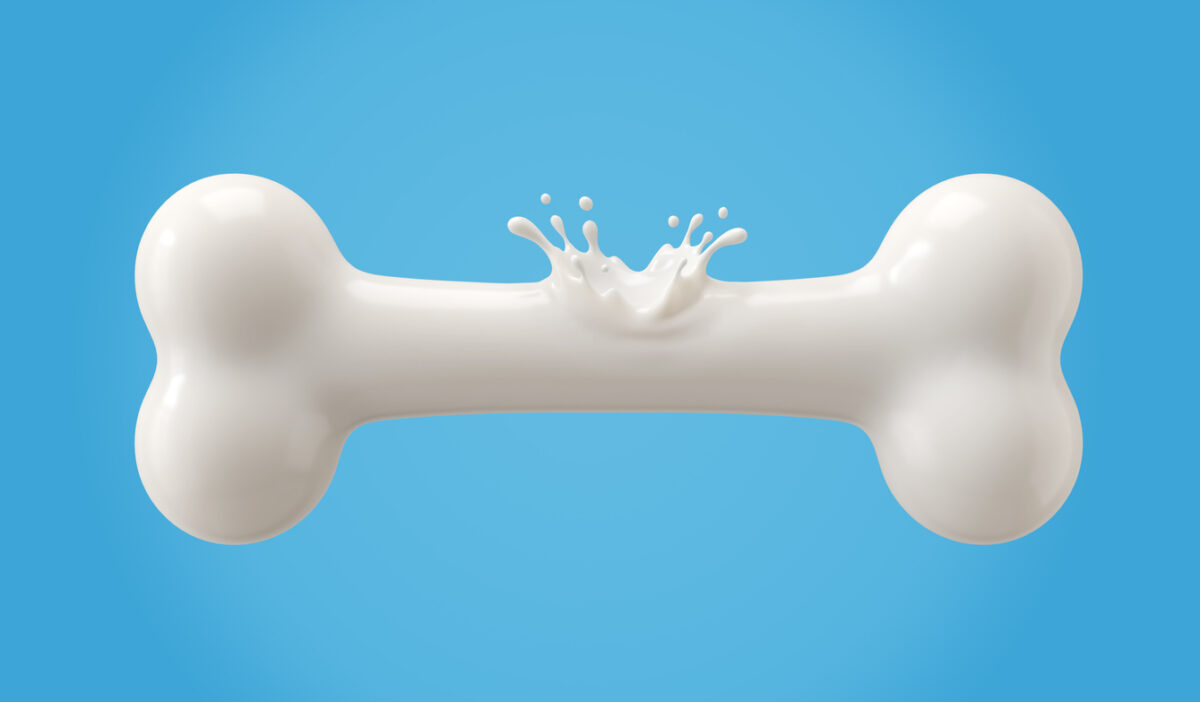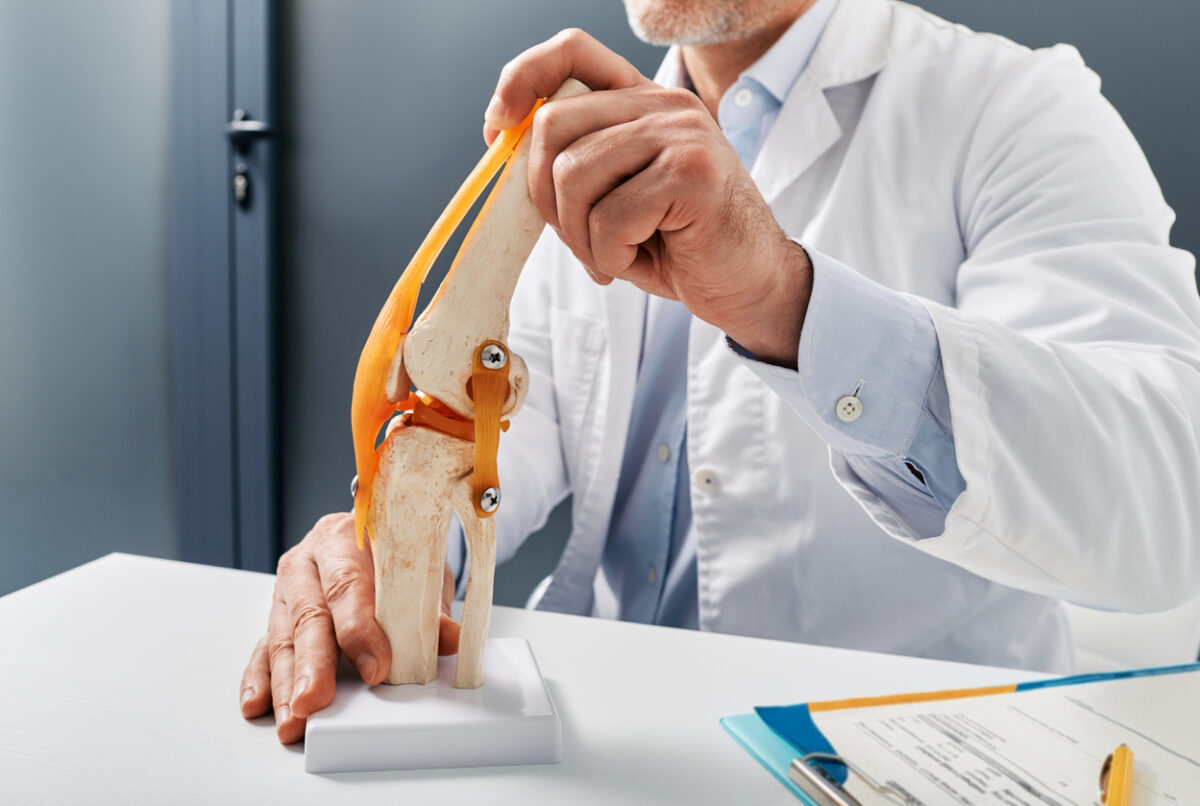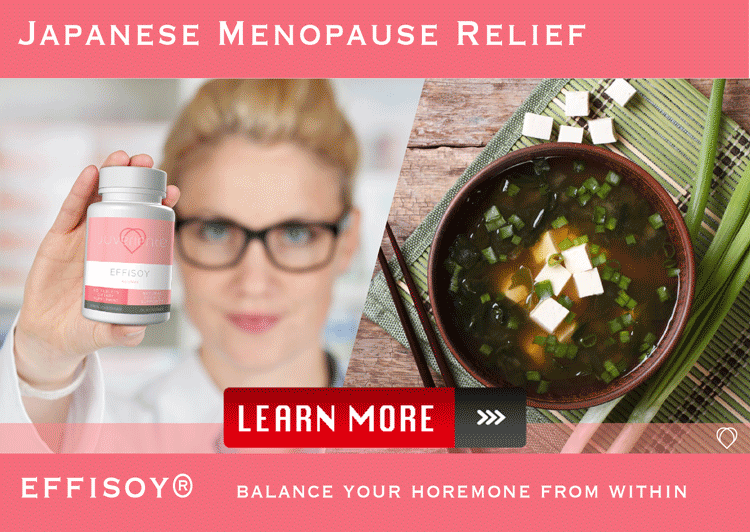The Importance of Bone and Joint Health: An Overview
Maintaining bone and joint health is crucial for overall well-being, mobility, and quality of life. As we age, our bones and joints naturally undergo changes that can lead to various health issues if not properly cared for. Understanding the role of vitamins for bone and joint health is essential to preserving these vital structures.
The Role of Bones and Joints in the Body
Bones and joints form the framework of our body, providing structure, protection for vital organs, and facilitating movement. Bones are living tissues that constantly remodel throughout our lives, while joints are the connections between bones that allow for flexibility and mobility. Healthy bones and joints are critical for performing everyday activities and maintaining independence as we age.
Common Issues Affecting Bone and Joint Health
With aging, bones can become less dense and more fragile, leading to conditions such as osteoporosis. This makes them more susceptible to fractures. Joints, on the other hand, may suffer from wear and tear, leading to conditions like osteoarthritis. Both conditions can cause significant pain and disability, severely impacting an individual’s quality of life. It is here that vitamins for bone and joint health play a pivotal role, as they help to strengthen bones, reduce inflammation, and maintain joint flexibility.
Benefits of Vitamins for Bone and Joint Health
Incorporating the right vitamins into your diet can greatly enhance bone density and joint functionality. Vitamins such as Vitamin D, Calcium, and Vitamin K are well-known for their bone-strengthening properties. Vitamin D helps in the absorption of calcium, while Vitamin K supports bone mineralization. For joint health, vitamins like Vitamin C and Vitamin E are essential. Vitamin C aids in collagen formation, a key component of cartilage, while Vitamin E acts as an anti-inflammatory agent, reducing pain and swelling in joints.
In conclusion, understanding the importance of bone and joint health and the critical role that vitamins play is the first step towards a healthier, more active life. By focusing on vitamins for bone and joint health, you can take proactive steps to maintain and improve your skeletal and joint system, ensuring better mobility and quality of life as you age.
Key Vitamins for Maintaining Strong Bones
Maintaining strong bones is fundamental to overall health and mobility, especially as we age. Incorporating the right vitamins for bone and joint health can significantly bolster bone density and reduce the risk of fractures and osteoporosis. Here, we explore the key vitamins essential for maintaining strong bones.
The Power of Vitamin D
Vitamin D is arguably the most critical vitamin for bone health. It enhances the body’s ability to absorb calcium, which is essential for bone formation and strength. Without sufficient Vitamin D, bones can become thin, brittle, and misshapen. Sunlight is a natural source of Vitamin D, but it can also be obtained from dietary sources such as fatty fish, egg yolks, and fortified foods like milk and cereals. In cases where sunlight exposure and dietary intake are insufficient, Vitamin D supplements are recommended to ensure adequate levels.
The Role of Calcium
Calcium is the building block of bones. It provides the necessary strength and structure to the skeletal system. Dairy products like milk, cheese, and yogurt are rich sources of calcium. For those who are lactose intolerant or prefer plant-based diets, alternatives like almond milk, tofu, and leafy green vegetables can provide this essential mineral. Ensuring an adequate intake of calcium is crucial, especially for postmenopausal women who are at a higher risk of osteoporosis due to lower estrogen levels, which affect calcium absorption.

The Importance of Vitamin K
Vitamin K plays a vital role in bone metabolism and helps in the regulation of calcium in the bones and blood. It activates proteins that bind calcium to the bone matrix, thus contributing to bone strength and density. Leafy green vegetables such as kale, spinach, and broccoli are excellent sources of Vitamin K. Incorporating these vegetables into your diet can help maintain strong and healthy bones. Additionally, fermented foods like natto, a traditional Japanese dish, are particularly high in Vitamin K2, a potent form of this vitamin.
In summary, focusing on these key vitamins for bone and joint health—Vitamin D, Calcium, and Vitamin K—can help maintain and enhance bone strength. By ensuring that your diet includes sufficient amounts of these vitamins, you can support your skeletal system’s health, reduce the risk of bone-related ailments, and promote overall well-being.
Essential Vitamins for Joint Health and Flexibility
While maintaining strong bones is vital, ensuring joint health and flexibility is equally important. Joints facilitate movement and are susceptible to wear and tear over time. Incorporating specific vitamins for bone and joint health can help keep your joints flexible and pain-free.
Vitamin C for Collagen Production
Vitamin C is crucial for the production of collagen, a protein that forms the structure of cartilage, tendons, and ligaments. Cartilage acts as a cushion between bones, reducing friction and allowing smooth movement. A deficiency in Vitamin C can lead to weakened cartilage and joint pain. Citrus fruits like oranges, lemons, and grapefruits are rich in Vitamin C. Other good sources include strawberries, bell peppers, broccoli, and Brussels sprouts. By including these foods in your diet, you can support collagen production and maintain healthy joints.
Vitamin E for Anti-Inflammatory Benefits
Vitamin E is known for its powerful antioxidant properties, which help reduce inflammation and protect joint tissues from oxidative damage. Chronic inflammation is a significant factor in joint disorders such as arthritis. By combating inflammation, Vitamin E can alleviate pain and improve joint flexibility. Nuts and seeds, such as almonds, sunflower seeds, and hazelnuts, are excellent sources of Vitamin E. Additionally, leafy green vegetables like spinach and Swiss chard provide this essential nutrient. Incorporating these foods into your diet can help manage inflammation and support joint health.
Omega-3 Fatty Acids for Lubrication
While not a vitamin, Omega-3 fatty acids are essential for maintaining joint health. They help reduce inflammation and improve joint lubrication, which is crucial for smooth and pain-free movement. Omega-3 fatty acids can be found in fatty fish like salmon, mackerel, and sardines. For those who prefer plant-based sources, flaxseeds, chia seeds, and walnuts are excellent alternatives. Including Omega-3 rich foods in your diet can significantly improve joint flexibility and reduce the symptoms of joint disorders.
Conclusion
Incorporating essential vitamins for bone and joint health, such as Vitamin C, Vitamin E, and Omega-3 fatty acids, into your daily diet can greatly enhance joint health and flexibility. These nutrients support the structure and function of joints, reduce inflammation, and promote smooth movement. By prioritizing these vitamins, you can maintain healthy joints, reduce pain, and enjoy a more active lifestyle as you age.
How to Incorporate These Vitamins into Your Diet
Incorporating the essential vitamins for bone and joint health into your diet is simpler than you might think. By making strategic food choices, you can ensure you’re getting the nutrients needed to support strong bones and flexible joints. Here’s how to do it effectively.
Including Vitamin-Rich Foods in Your Daily Meals
The first step to enhancing your diet with vitamins for bone and joint health is to include a variety of nutrient-rich foods in your daily meals. For Vitamin D, aim to get some sunlight exposure daily and include foods like fatty fish (salmon, mackerel, sardines), egg yolks, and fortified dairy products. Calcium can be sourced from dairy products such as milk, cheese, and yogurt, as well as from leafy green vegetables like kale and broccoli, and fortified plant-based milks such as almond or soy milk.
For Vitamin K, integrate more leafy greens like spinach, kale, and broccoli into your meals. These can be added to salads, smoothies, or lightly sautéed as a side dish. To boost your intake of Vitamin C, consume fruits such as oranges, strawberries, and kiwi, as well as vegetables like bell peppers and Brussels sprouts. Incorporating these foods into your breakfast smoothies, salads, or as snacks throughout the day can make a significant difference.
Using Supplements for Added Support
While obtaining vitamins from food is ideal, supplements can provide added support, especially if you have dietary restrictions or specific health conditions that make it challenging to get enough nutrients from diet alone. Vitamin D supplements are particularly useful during the winter months when sunlight exposure is limited. Calcium supplements can also be beneficial for individuals who are lactose intolerant or vegan. When choosing supplements, look for high-quality products that provide bioavailable forms of the vitamins, ensuring better absorption and efficacy.
Meal Planning for Nutrient Density
Effective meal planning is key to ensuring you consistently get the vitamins for bone and joint health. Start by planning your meals and snacks around nutrient-dense foods. For breakfast, consider a smoothie made with fortified almond milk, a handful of spinach, a banana, and a scoop of flaxseeds for added Omega-3s. For lunch, a salad packed with mixed greens, bell peppers, and grilled salmon can provide a variety of essential vitamins. Dinner might include a serving of baked mackerel with a side of steamed broccoli and quinoa.
In addition to these meals, consider snacking on nuts and seeds, such as almonds and sunflower seeds, which are rich in Vitamin E, and incorporate citrus fruits like oranges or grapefruit as snacks or dessert to boost your Vitamin C intake.
Conclusion
Incorporating vitamins for bone and joint health into your diet requires a balanced approach that includes a variety of nutrient-rich foods and, when necessary, supplements. By making thoughtful food choices and planning your meals, you can ensure you’re supporting your bone and joint health effectively. Prioritizing these nutrients will help you maintain strong bones and flexible joints, contributing to overall health and an active lifestyle.
Supplementing for Optimal Bone and Joint Health: What You Need to Know
Ensuring you get enough vitamins for bone and joint health can sometimes be challenging through diet alone. Supplements can provide a convenient and effective way to fill nutritional gaps and support overall health. Here’s what you need to know about supplementing for optimal bone and joint health.
Choosing the Right Supplements
When selecting supplements, it’s important to choose high-quality products that provide the necessary vitamins in bioavailable forms. For bone health, Calcium and Vitamin D are critical. Calcium supplements are available in various forms, such as calcium carbonate and calcium citrate. Calcium carbonate is more common and should be taken with food for better absorption, while calcium citrate can be taken with or without food and is often recommended for older adults who may have lower stomach acid.
Vitamin D supplements are essential, especially in regions with limited sunlight. Vitamin D3 (cholecalciferol) is the preferred form, as it is more effective at raising and maintaining Vitamin D levels in the body. Combining Vitamin D with Vitamin K2 can enhance the benefits, as Vitamin K2 helps direct calcium to the bones and away from arteries, where it can cause harm.
The Role of Multivitamins and Specific Formulas
Multivitamins can be a good option for those looking to cover a broad spectrum of nutritional needs. Look for multivitamins that include key vitamins for bone and joint health, such as Calcium, Vitamin D, Vitamin K, Vitamin C, and Magnesium. However, it’s important to ensure that these multivitamins do not exceed the recommended daily allowances, as excessive intake of certain vitamins can be harmful.
For targeted support, there are specific formulas designed for bone and joint health. These supplements often combine several key nutrients in optimal ratios. For example, a joint health supplement might include Glucosamine, Chondroitin, and Omega-3 fatty acids along with essential vitamins to support cartilage health and reduce inflammation.
Consultation and Safe Practices
Before starting any new supplement regimen, it’s crucial to consult with a healthcare provider, especially if you have existing health conditions or are taking other medications. A healthcare provider can help determine the right dosage and ensure that the supplements you choose will not interact negatively with your current medications.
It’s also important to follow the recommended dosages on supplement labels and avoid megadosing, as more is not always better. Consistency is key; taking supplements regularly as part of a balanced diet and healthy lifestyle will yield the best results.
Conclusion
Supplementing with the right vitamins for bone and joint health can significantly enhance your overall health and well-being. By choosing high-quality supplements, considering specific formulas for targeted support, and consulting with healthcare providers, you can ensure that you’re taking the right steps to maintain strong bones and flexible joints. Prioritizing these nutrients will help you stay active and healthy as you age.
SUMMERY
Understanding the importance of vitamins for bone and joint health is essential for maintaining overall well-being, especially as we age. Key vitamins like Vitamin D, Calcium, and Vitamin K support bone density and strength, while Vitamin C, Vitamin E, and Omega-3 fatty acids enhance joint flexibility and reduce inflammation. Incorporating these vitamins into your diet through nutrient-rich foods and, if necessary, high-quality supplements, ensures you meet your nutritional needs. Meal planning and strategic food choices can help you naturally obtain these essential vitamins. Consulting with healthcare providers before starting new supplements is crucial for safety and efficacy. By prioritizing vitamins for bone and joint health, you can maintain strong bones, flexible joints, and a higher quality of life.
Enhance Your Walking Habit with the Right Supplements
As you embark on your journey to learn how to start a walking habit, ensuring your joint health is a crucial part of maintaining a consistent and enjoyable routine. One excellent way to support your joints is by incorporating supplements designed to promote joint health. An outstanding option is the Japanese Total Joint Ease by Juveriente.
Japanese Total Joint Ease by Juveriente is a supplement specifically formulated to support joint health and flexibility. This supplement combines traditional Japanese ingredients with modern science to provide comprehensive joint support. Key ingredients include Glucosamine and Chondroitin, known for their roles in maintaining healthy cartilage and joint function. Additionally, the supplement includes natural extracts like Turmeric, renowned for its anti-inflammatory properties.
Incorporating this supplement into your daily routine can significantly enhance your walking experience. As walking is a low-impact exercise that is gentle on the joints, it is generally suitable for people of all ages and fitness levels. However, ensuring that your joints are well-supported can help prevent discomfort and enhance your overall walking performance.
Starting a walking habit with the right support can make all the difference. Here’s how Japanese Total Joint Ease by Juveriente can help:
- Reduce Joint Discomfort: The natural ingredients in the supplement help reduce inflammation and joint pain, making each step more comfortable.
- Enhance Flexibility: Improved joint health leads to better flexibility, allowing you to enjoy longer and more frequent walks.
- Support Cartilage Health: Ingredients like Glucosamine and Chondroitin are essential for maintaining healthy cartilage, which cushions your joints during walking.
By incorporating Japanese Total Joint Ease into your routine, you can ensure that your joints are well-supported, allowing you to focus on building and maintaining your walking habit. Remember, a successful walking habit starts with taking care of your body, and supplements like these can play a vital role in your journey towards better health and fitness.
The natural bone strength complex made from Satsuma mandarin orange
Juveriente®’s Bone Strength Complex is a natural supplement made from a traditional dietary habit of a healthy bone town in Japan. People there eat a lot of Satsuma mandarin orange and have high concentration of Beta-Cryptoxanthin, a kind of carotenoid. A cohort study there found that that concentration has high reverse correlation with onset ratio of osteoporosis.
It provides you the essence of a natural food, which is simply an extract of a Japanese popular citrus fruit. It is according to your principal policy. Needless to say, it is better to try a natural food before jumping to strong medicines. Though natural and gentle, it has garnered a lot of amazing reviews in Amazon since its launching in 2016.
If you like to try multi-vitamin supplement, how about adding the natural bone therapy fruit extract with Juveriente® Bone Strength Complex?
Please learn details in our product page.

